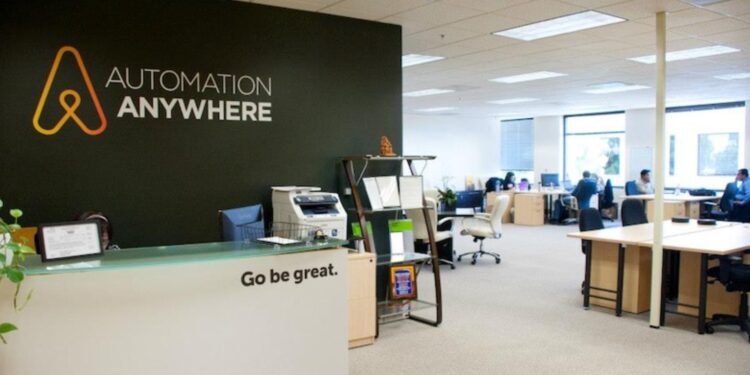Artificial intelligence (AI) is rapidly reshaping the global employment landscape, and Southeast Asia is no exception. While promising significant economic benefits and the creation of millions of new jobs, the rise of AI also brings considerable anxiety about job displacement, particularly for low-skilled workers.
A recent World Economic Forum (WEF) report projects that approximately 11 million jobs will be created in Southeast Asia between 2025 and 2030 due to AI and information processing technologies. However, the same period is expected to see the displacement of around 9 million jobs, highlighting a profound transformation rather than a net loss or gain in employment.
The concern is palpable across the region. An Ipsos study revealed that 65% of respondents across 31 countries fear significant job losses due to AI, with this anxiety being notably pronounced in Southeast Asia. Countries like Indonesia (85%) and the Philippines (81%) show particularly high levels of worry about automation’s influence. Even in Singapore, a technologically advanced nation, 67% express similar fears.
The impact is not uniform. Consultancy firm Access Partnership estimates that generative AI (GAI) alone may affect 164 million workers in Southeast Asia, with women and Gen Z workers facing a disproportionate impact. Over 70% of women and up to 76% of younger workers are in roles that could be augmented or disrupted by GAI.
Sectors like manufacturing, finance, and customer service are at the forefront of AI adoption. AI is being deployed to optimize production processes, improve quality control, and enhance supply chain management in manufacturing.
In finance, it’s automating tasks and improving customer service. While these advancements boost efficiency and productivity, they also necessitate a significant shift in the skills required for various jobs.
The region faces a critical challenge: a growing demand for AI talent versus a limited pool of qualified candidates. Many AI-related job openings remain unfilled due to a lack of deep knowledge in areas like data science, machine learning, and software development. This “skills gap” is a significant hurdle to fully leveraging AI’s potential for economic growth.
To navigate this evolving landscape, governments and businesses in Southeast Asia are increasingly focusing on reskilling and upskilling initiatives. The emphasis is on fostering adaptability and continuous learning, cultivating skills such as creativity, critical thinking, and problem-solving, which remain areas where AI struggles.
Companies are also recognizing the need to balance automation with human employment, with many planning to retrain their workforce to work alongside AI rather than be replaced by it. The future of employment in Southeast Asia will undoubtedly be defined by how effectively the region can adapt to, and leverage, the transformative power of artificial intelligence.
















